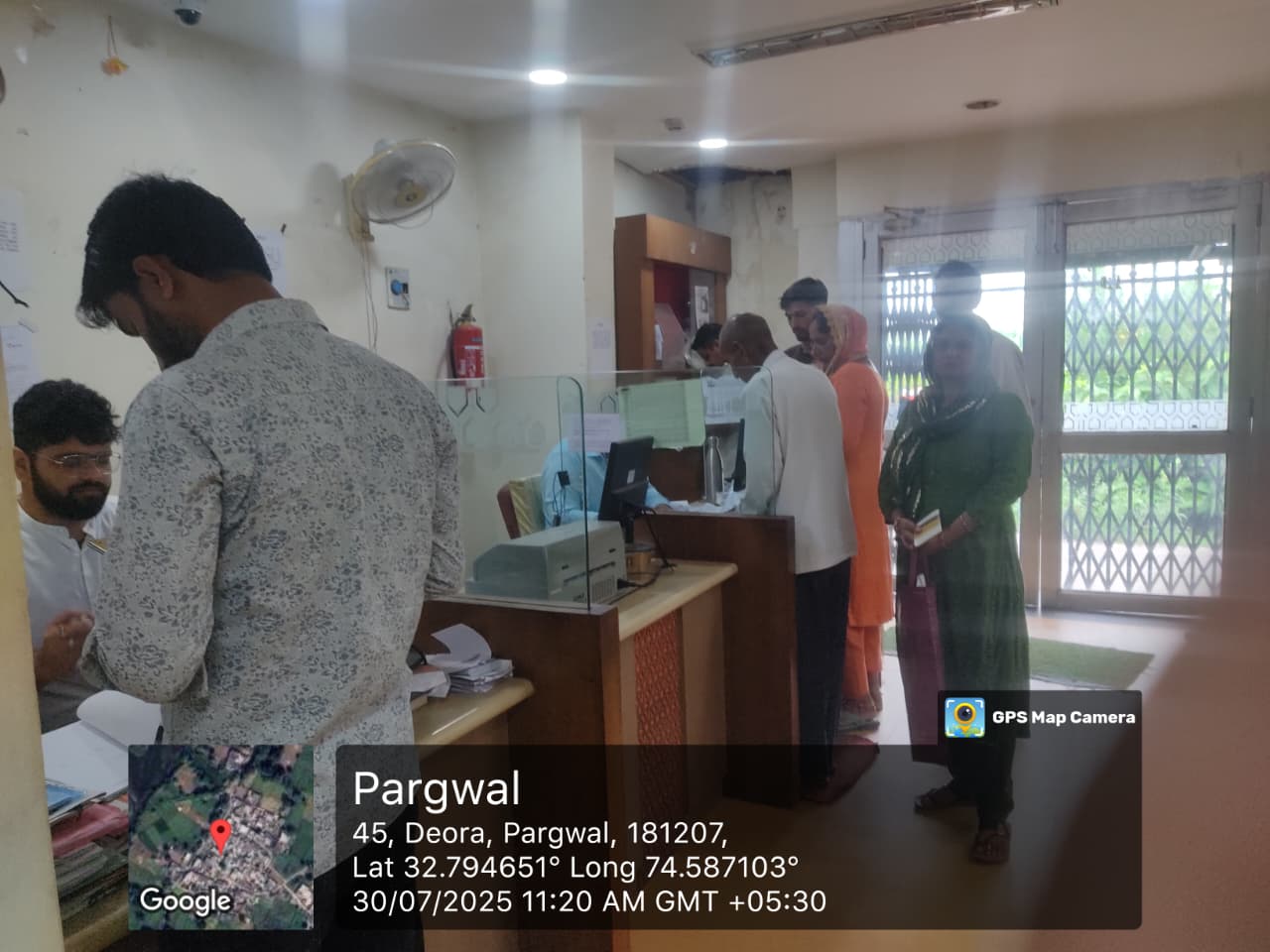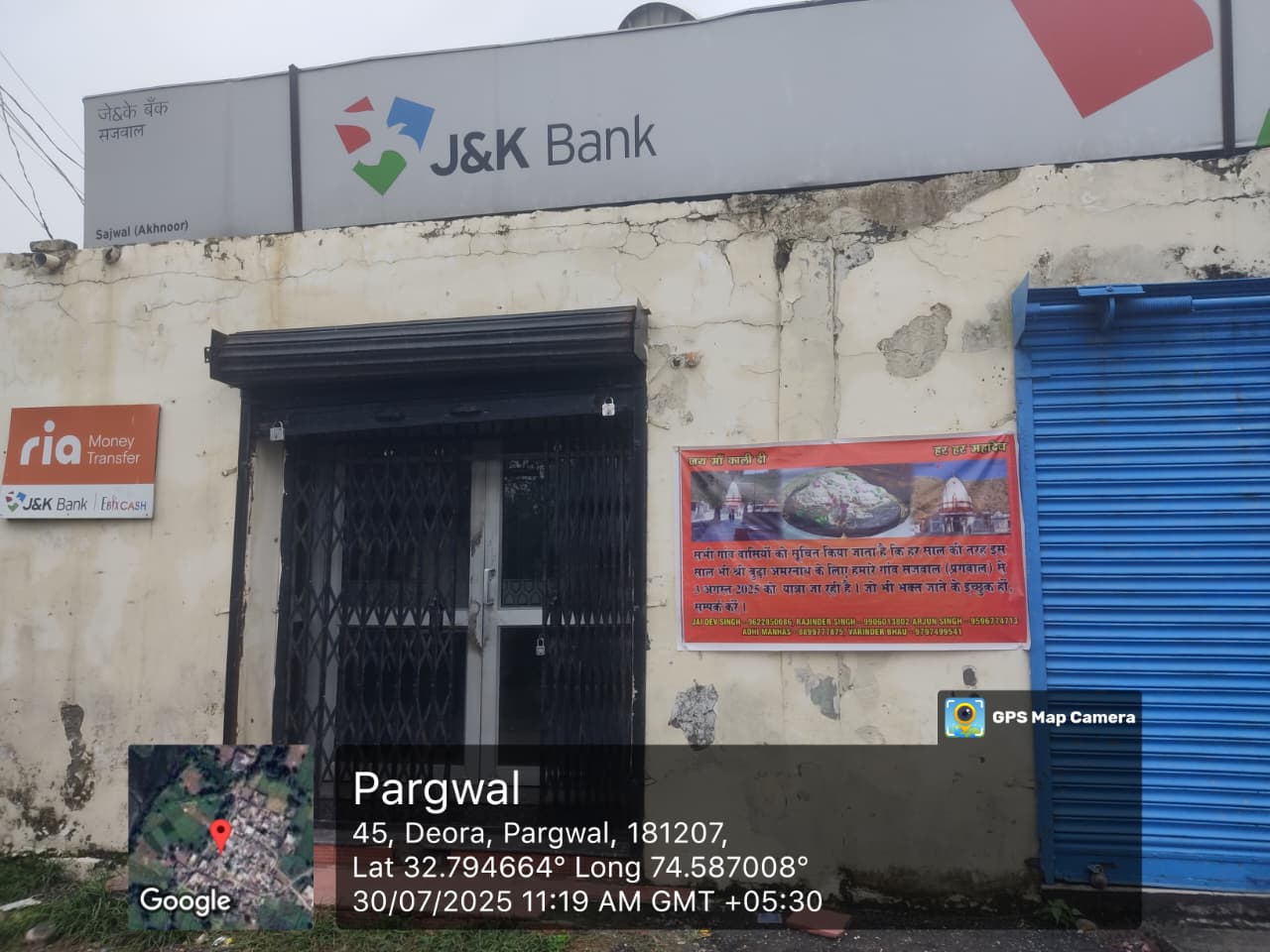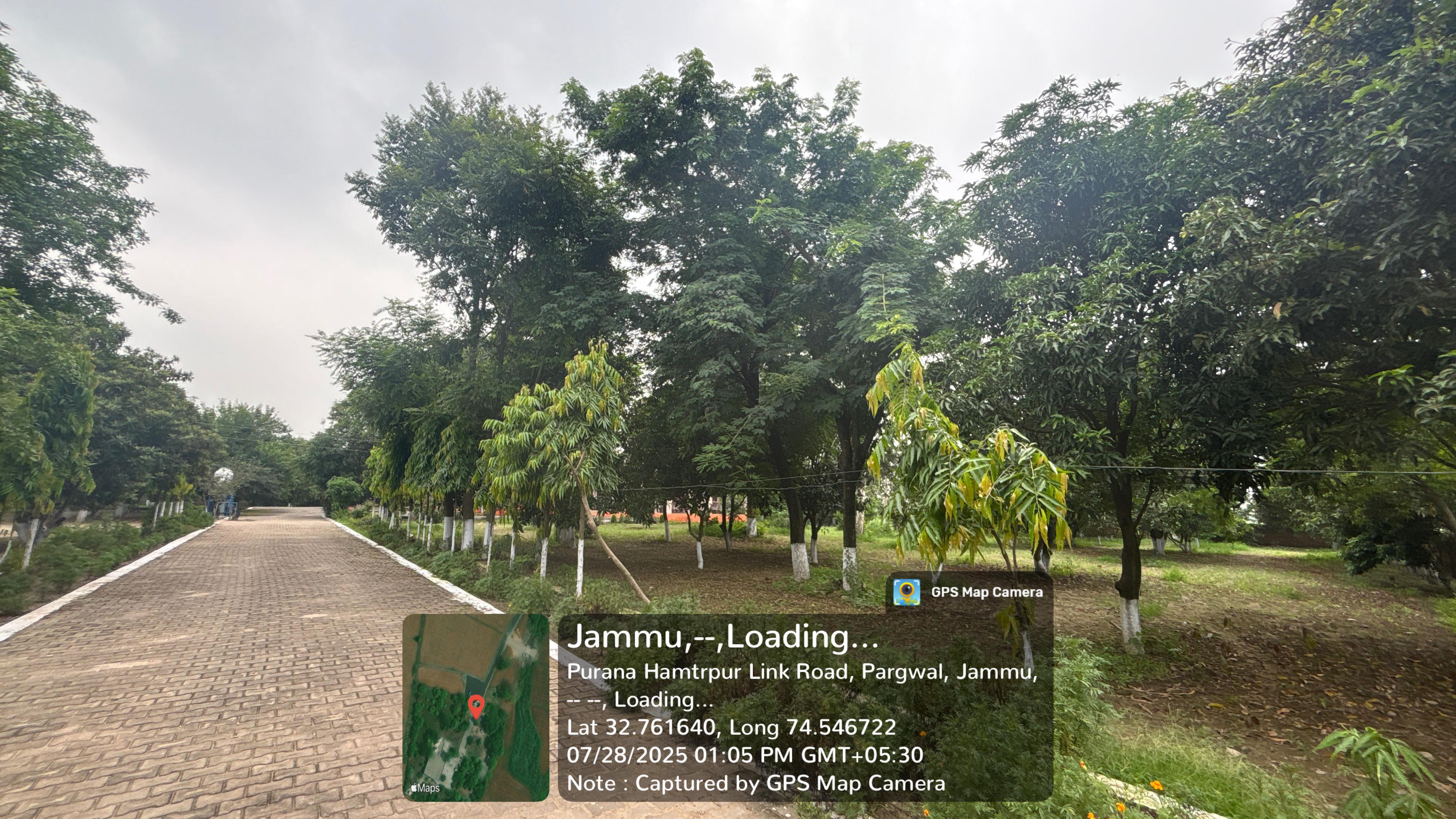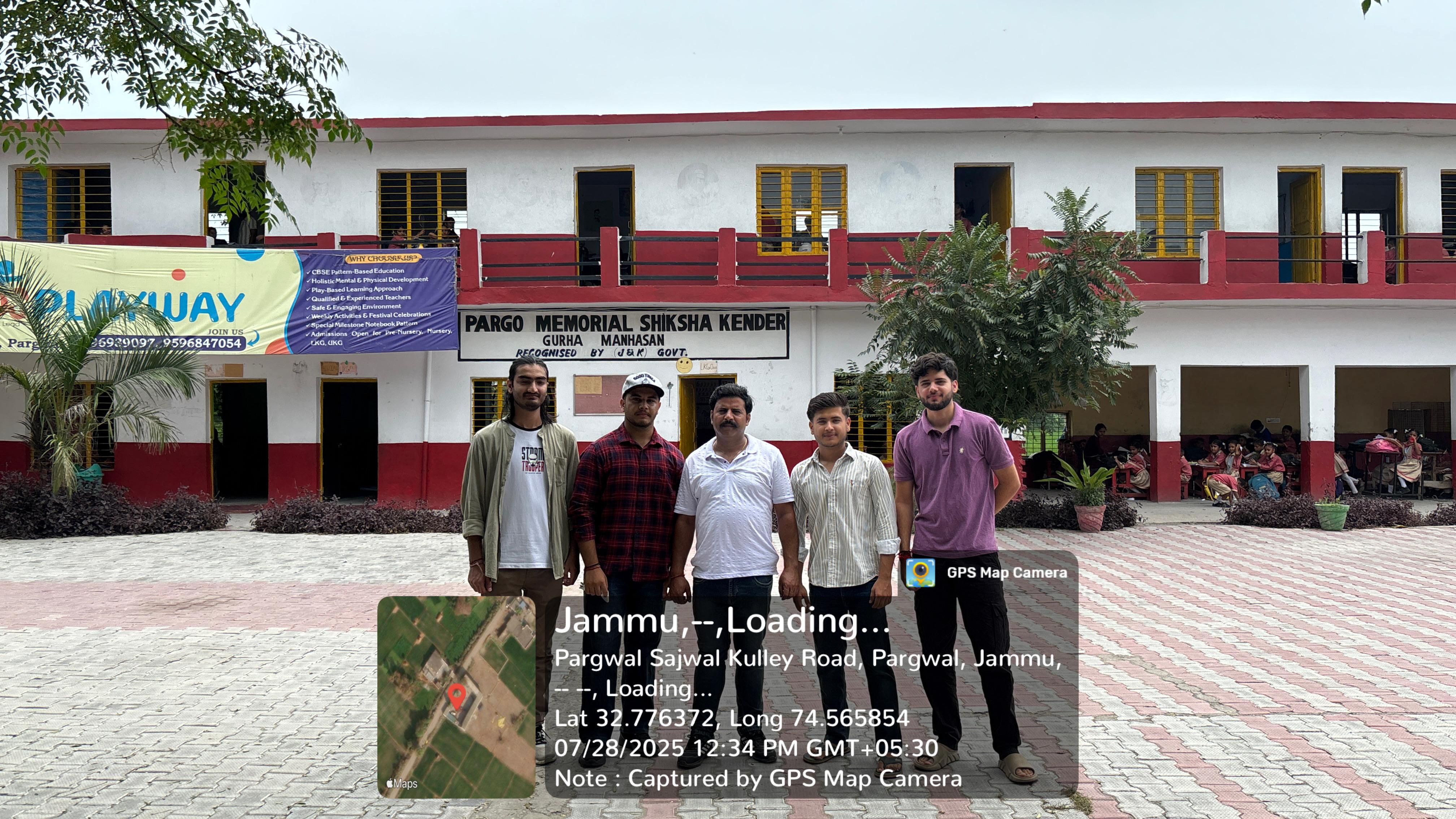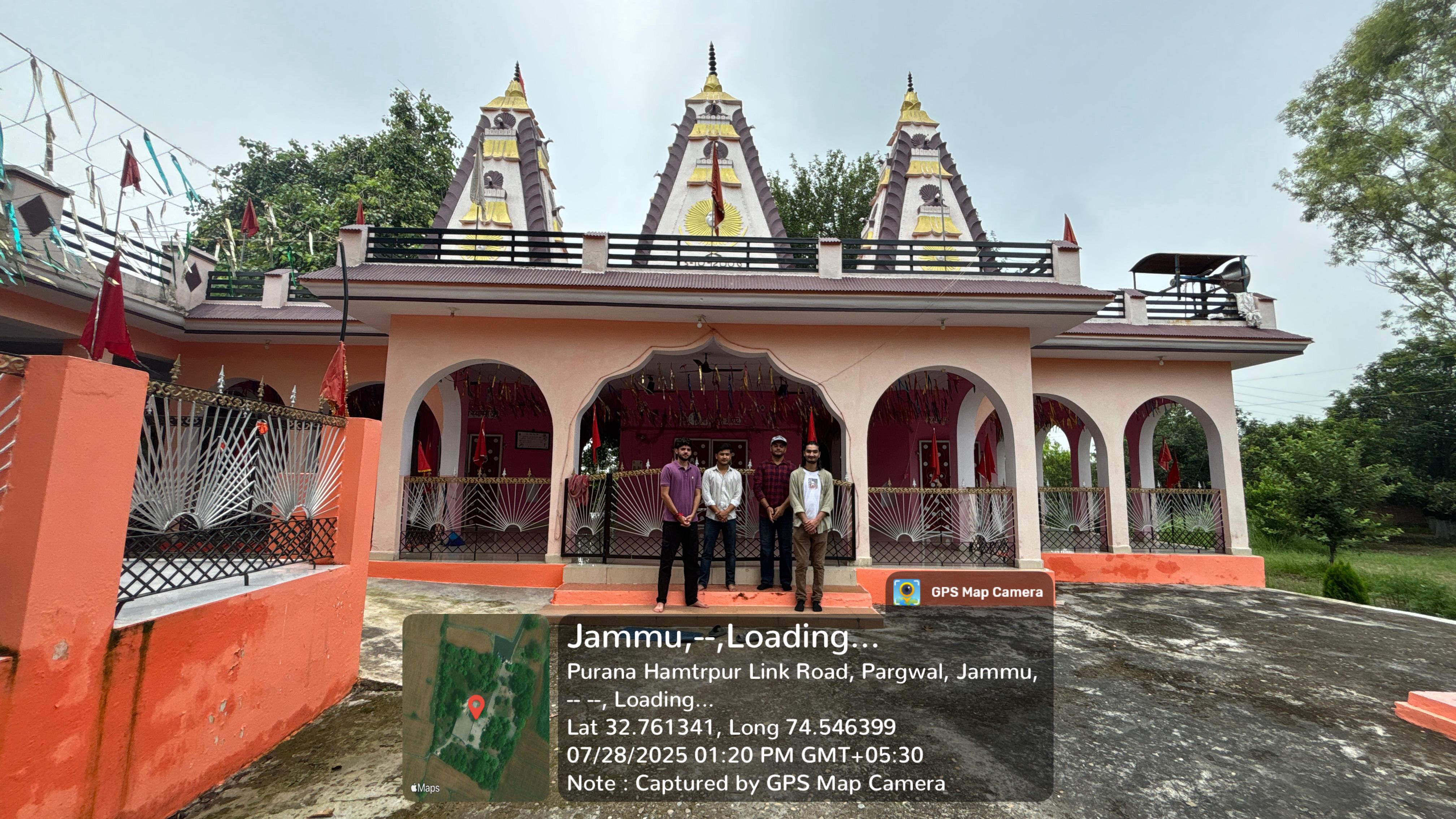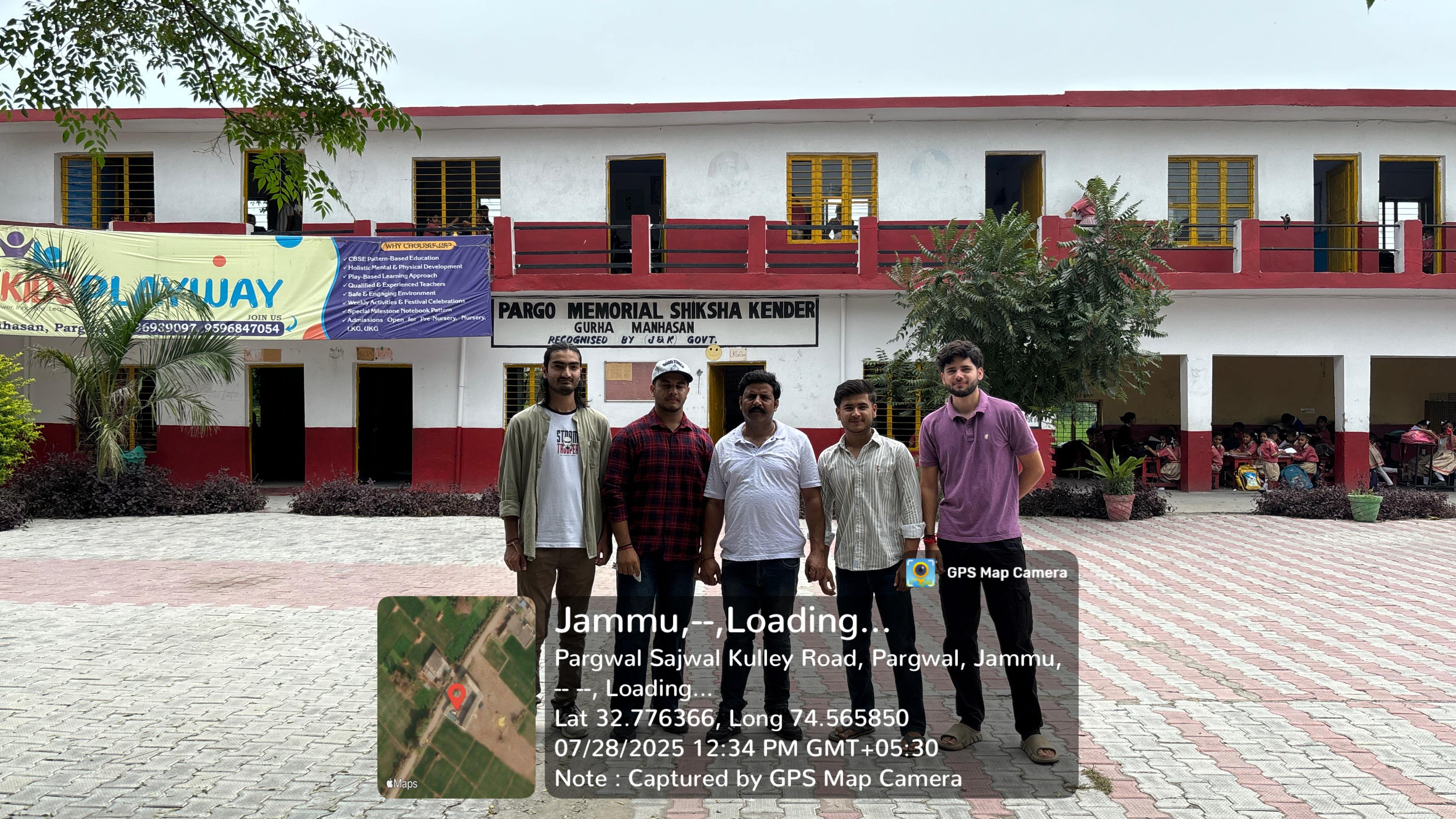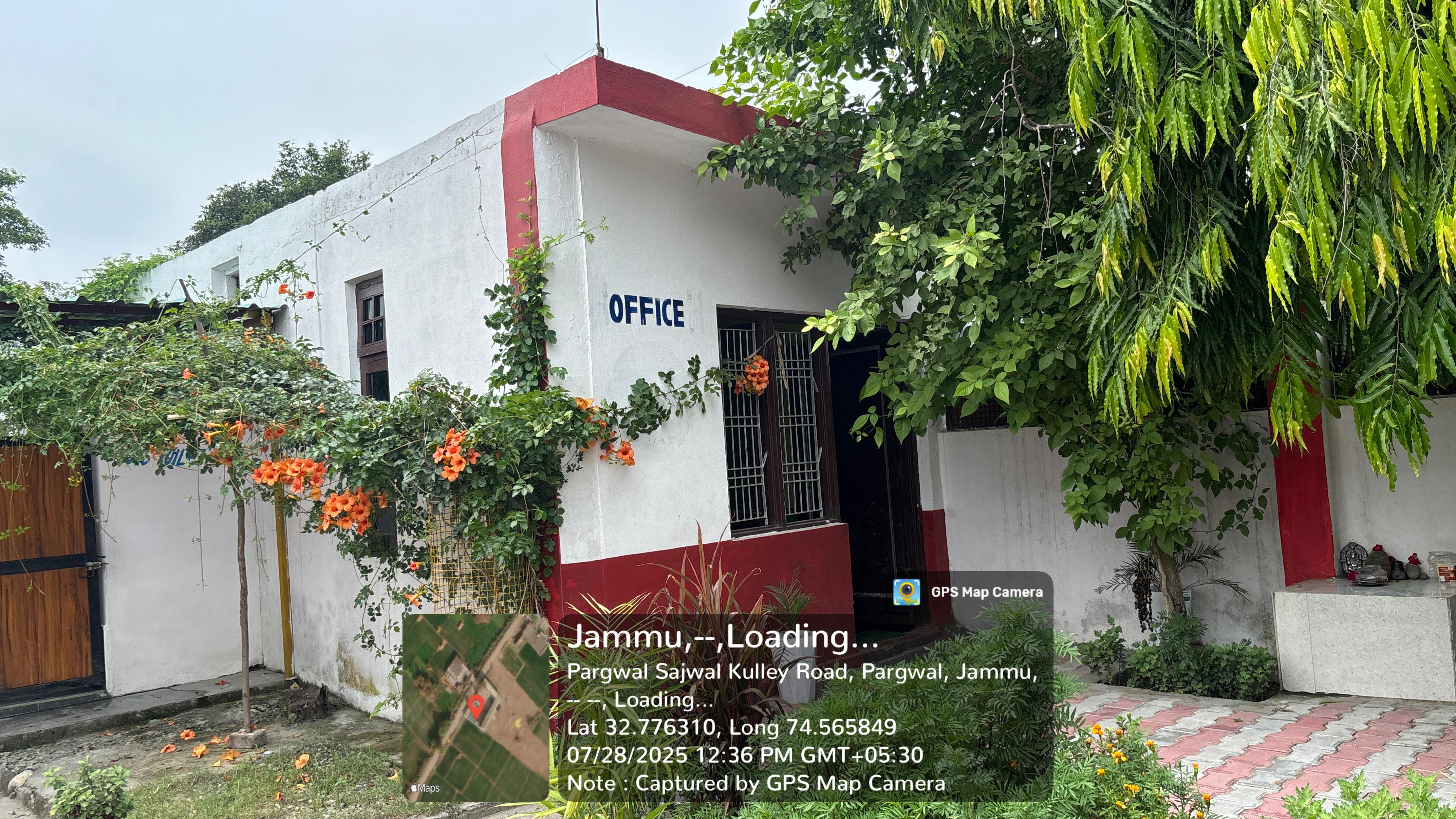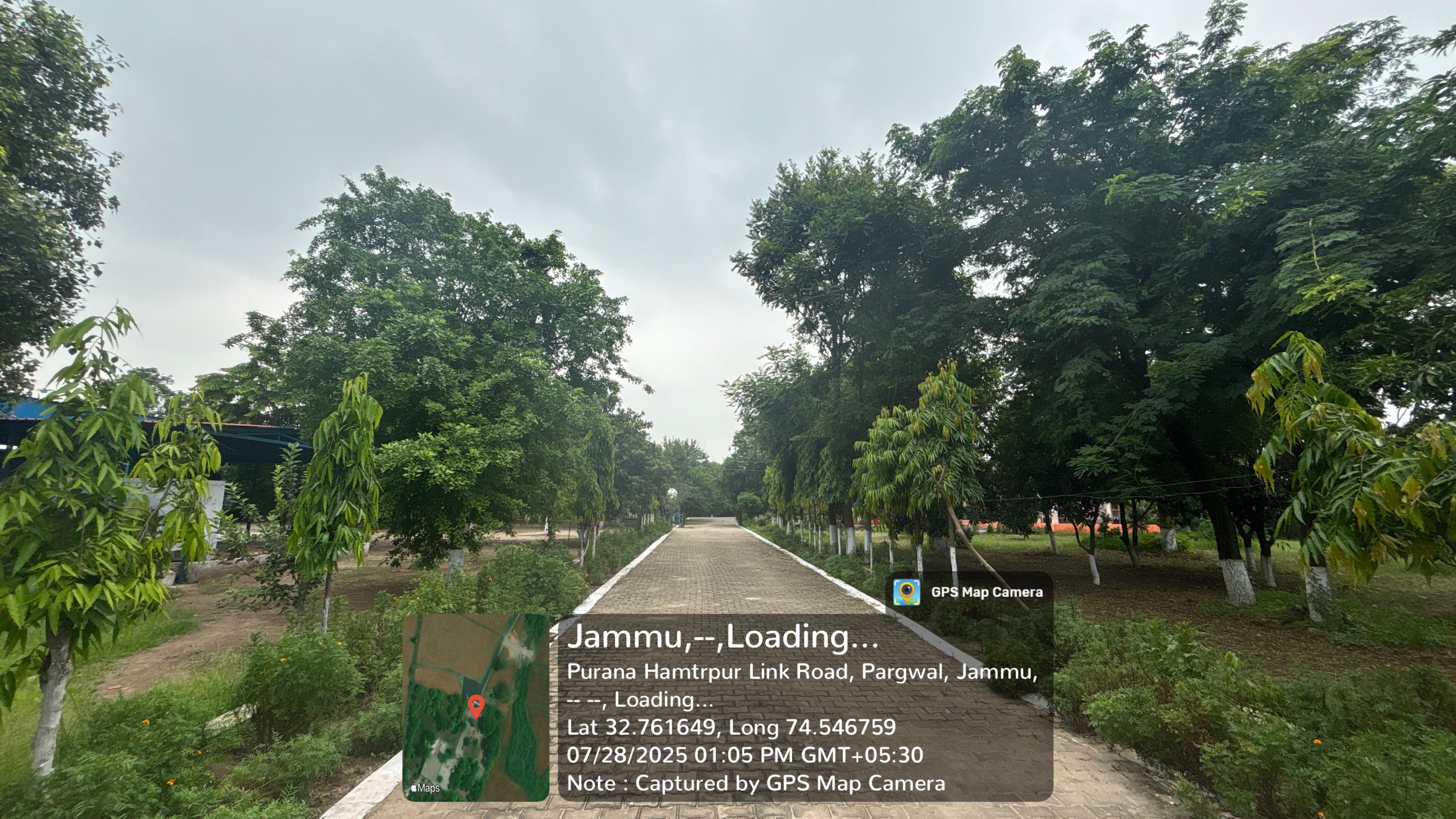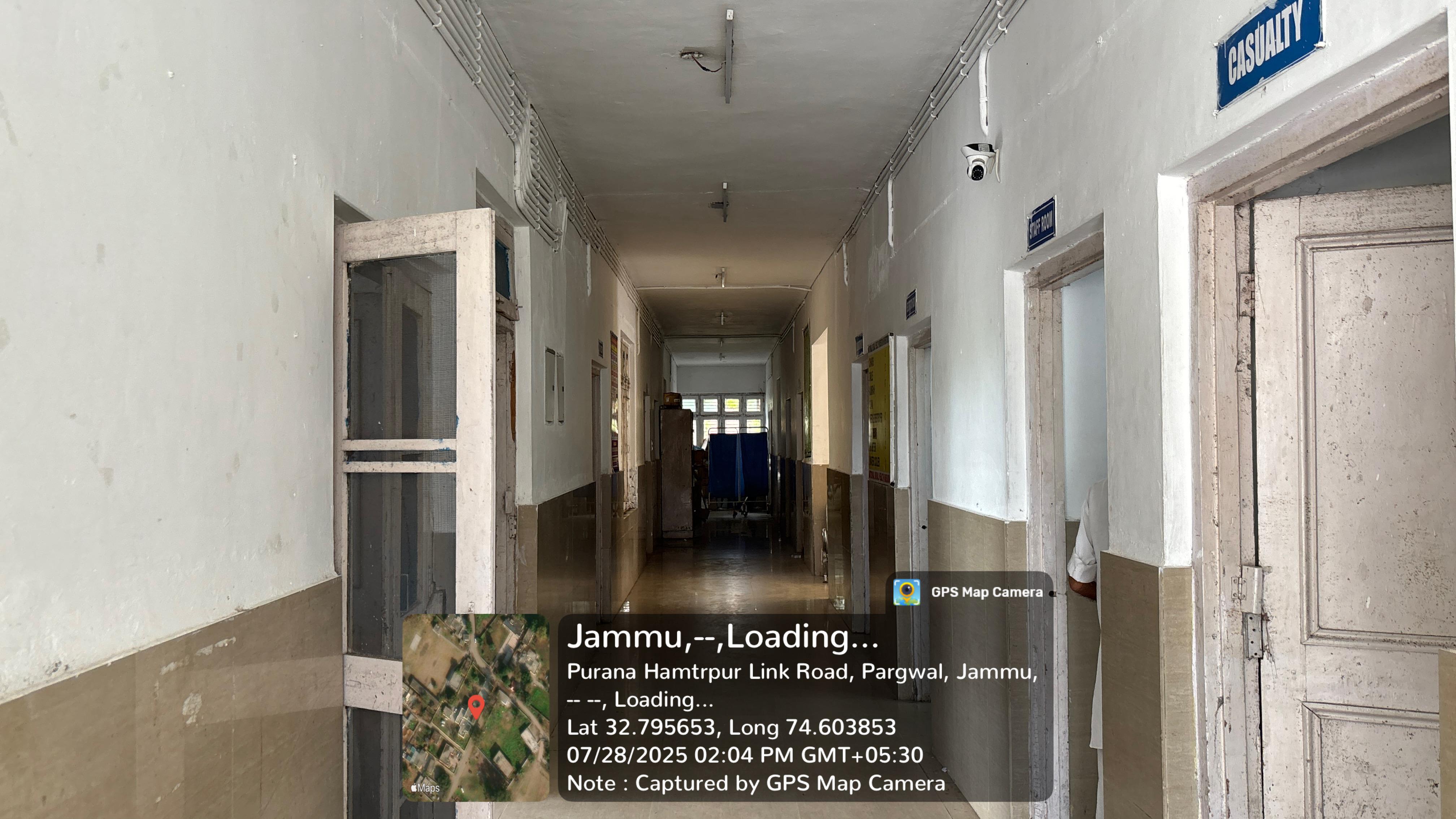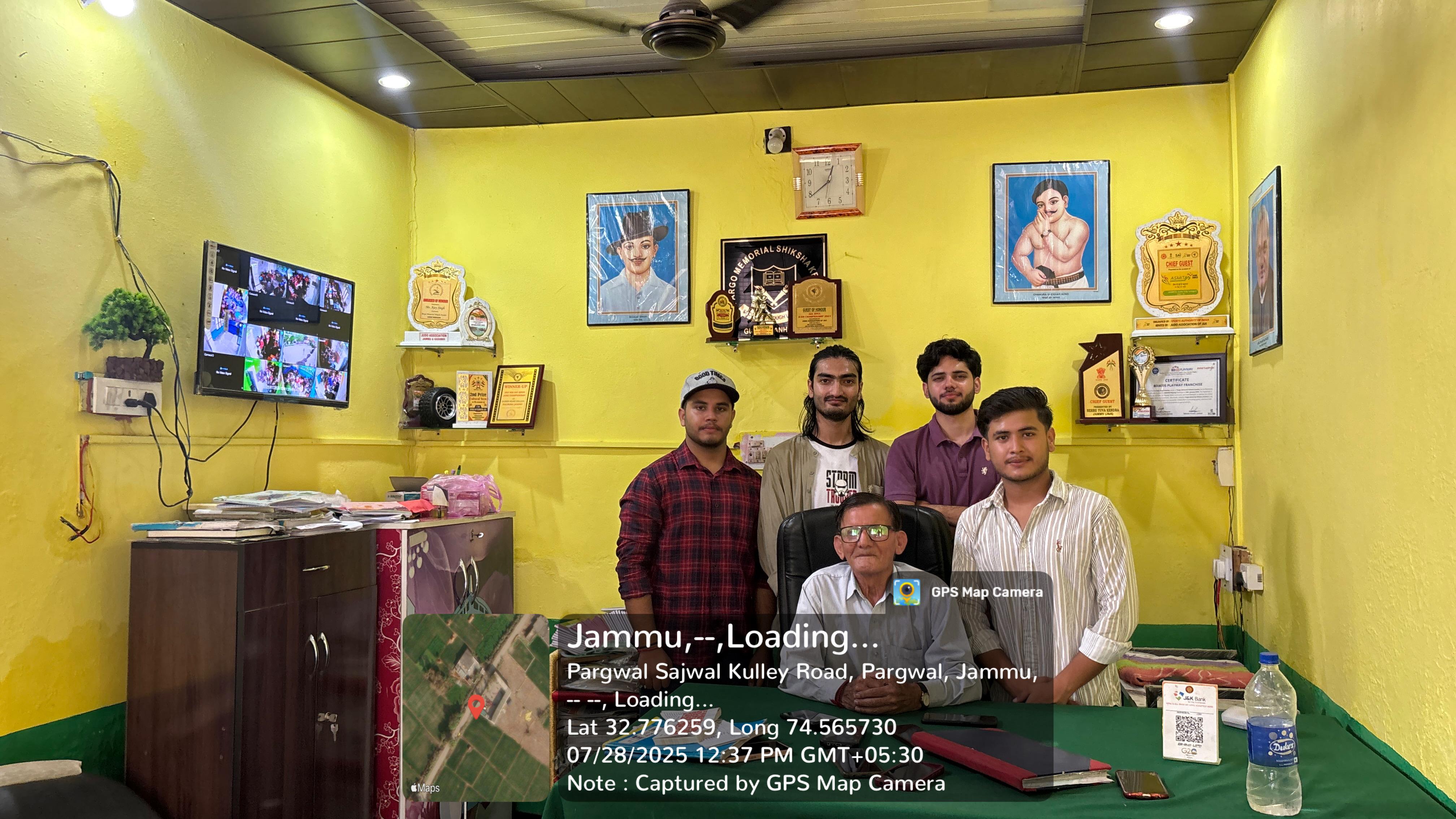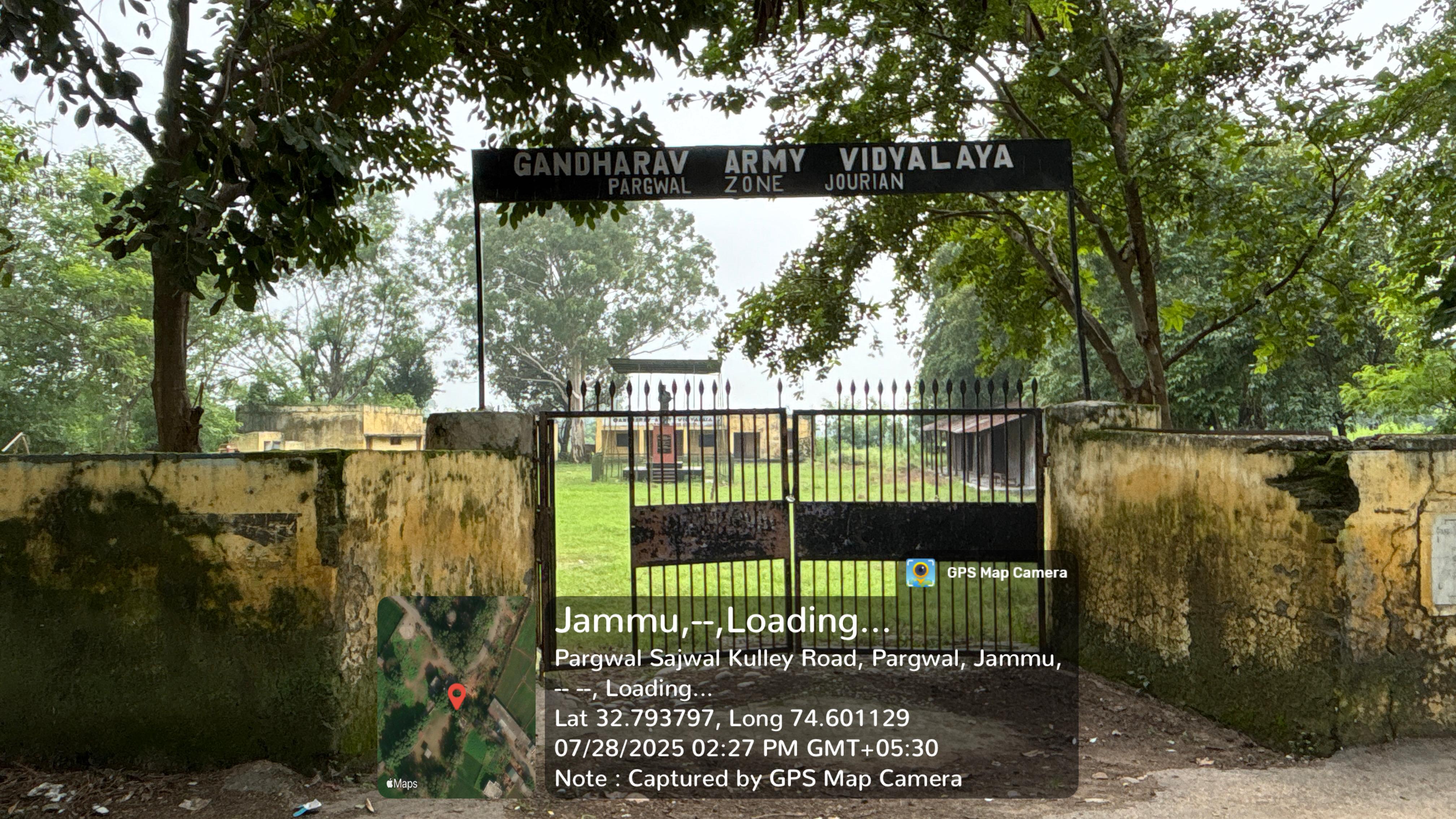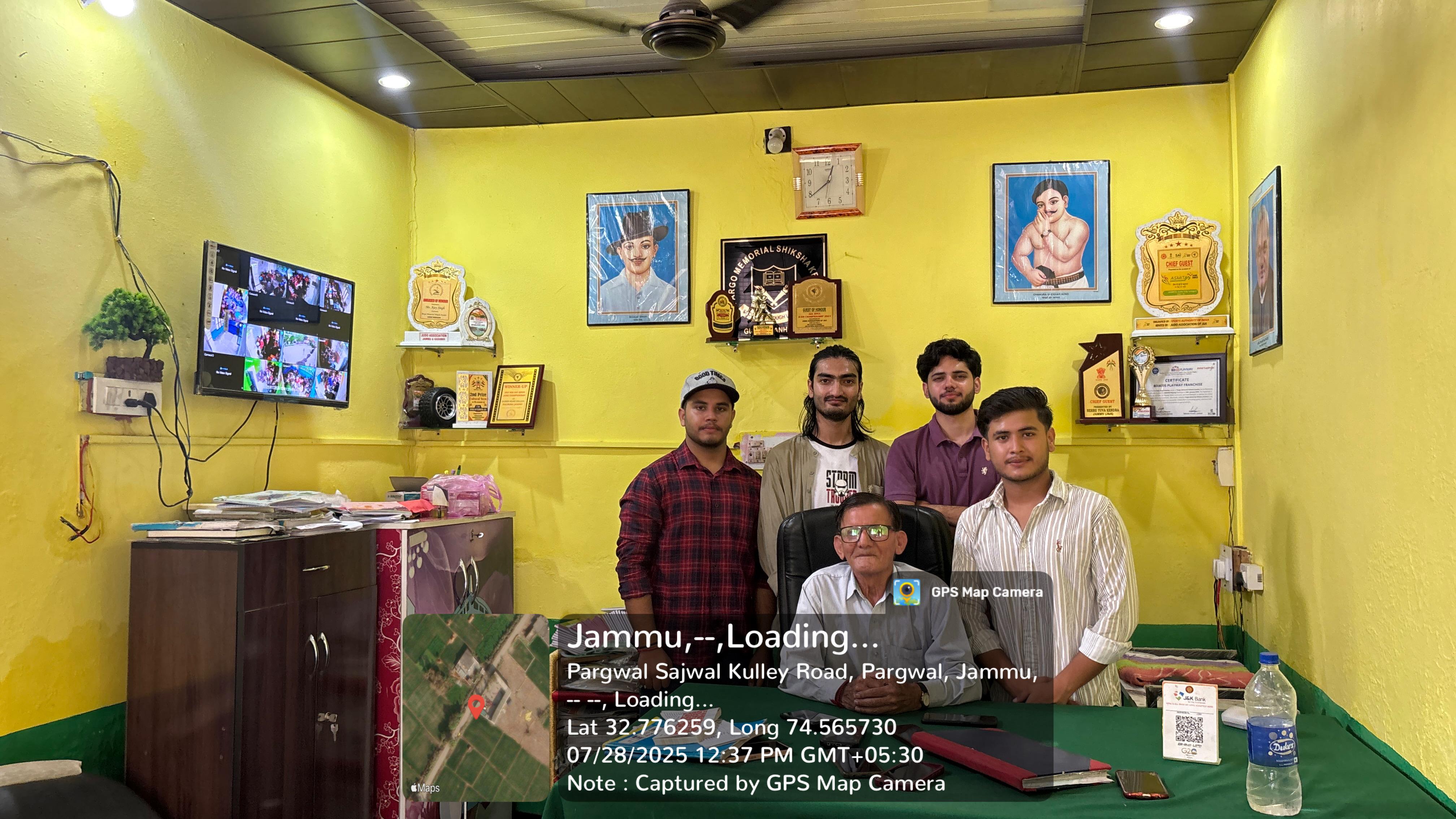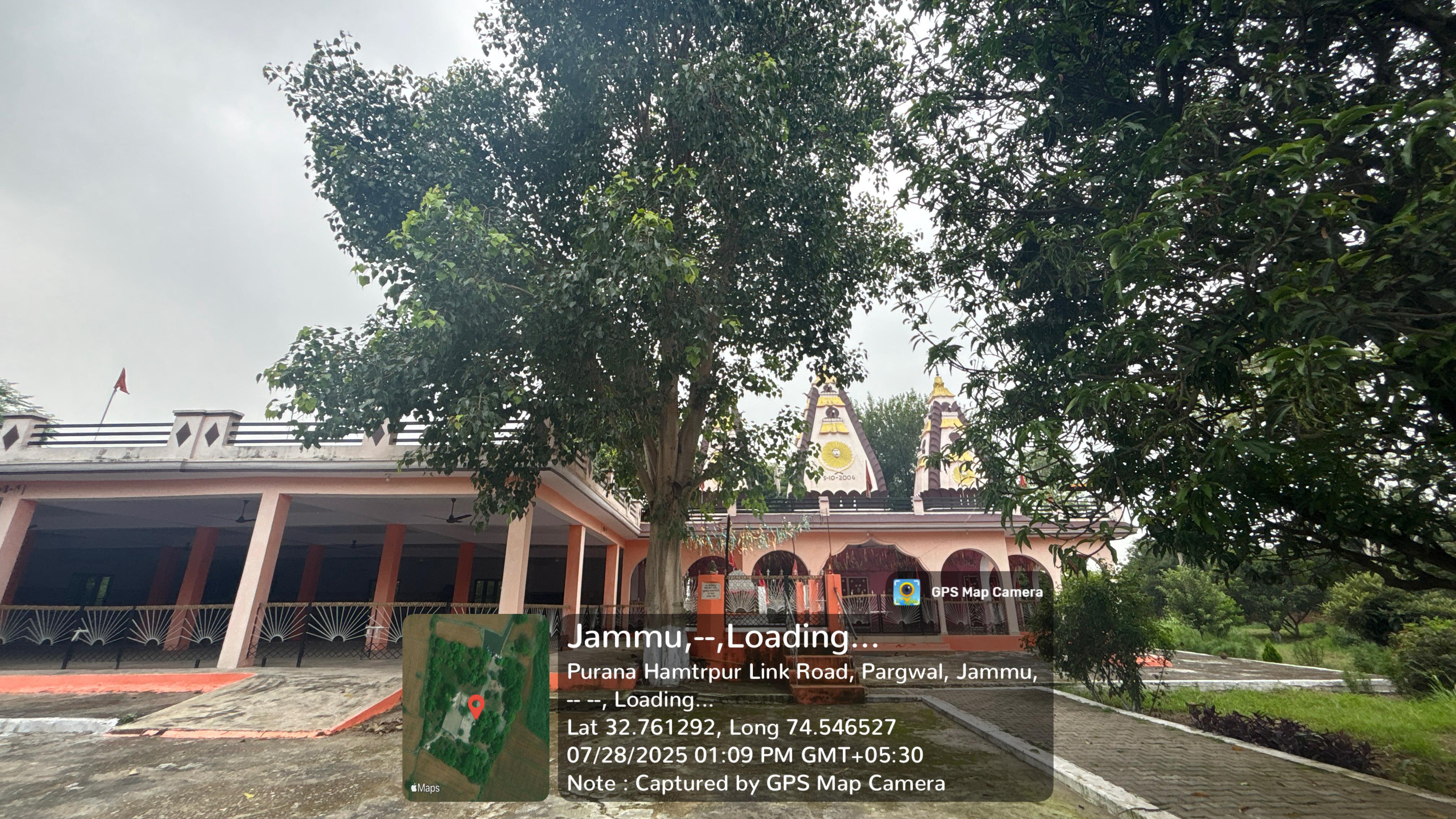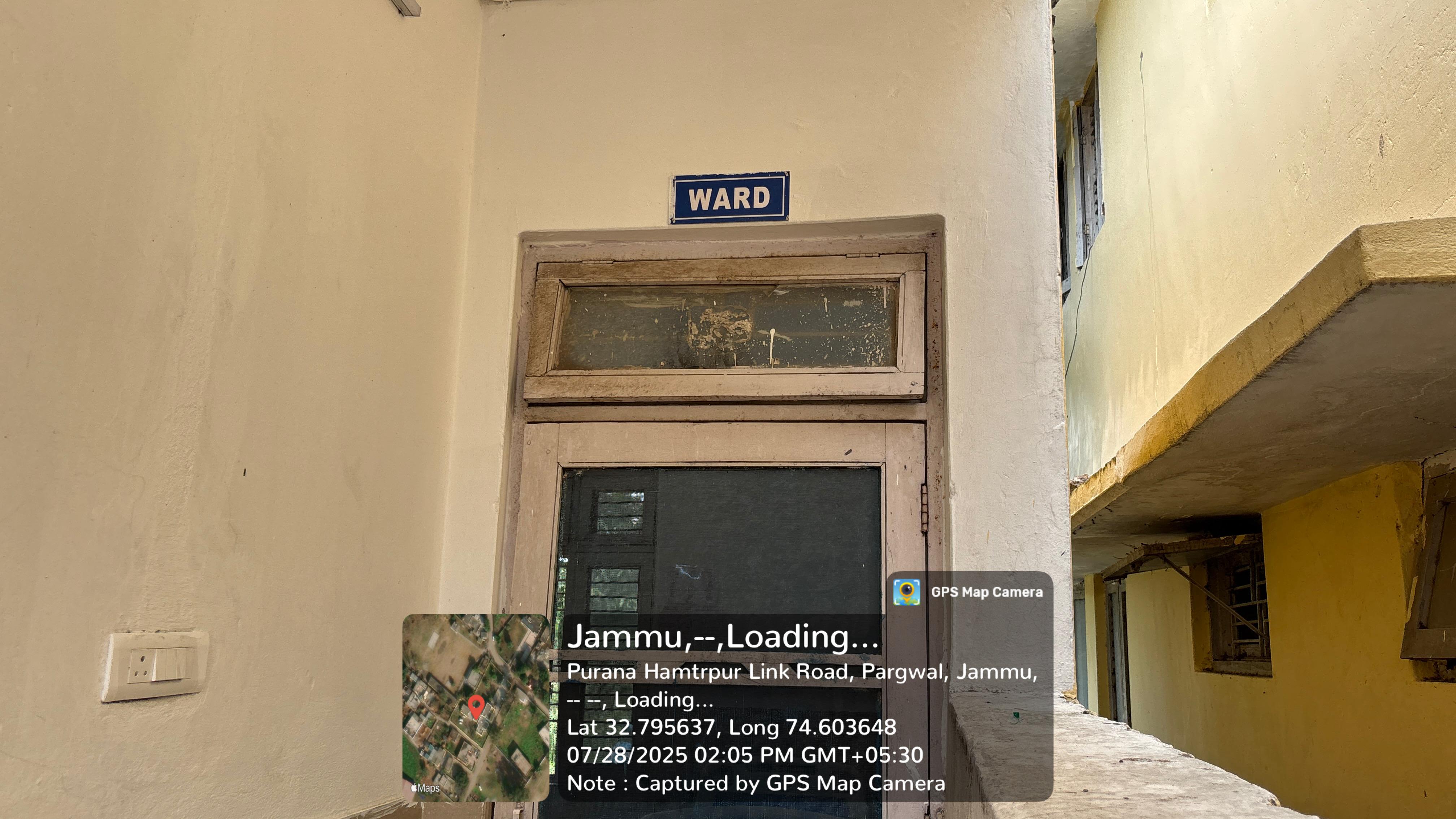Description
Introduction to Gurah Manhasan
Gurah Manhasan, a historic village in the Jammu district of the Union Territory of Jammu and Kashmir, stands as a testament to the cultural and ancestral legacy of the Manhas Rajputs. The village derives its name from the Manhas clan, believed to be among the earliest settlers to establish their roots in this region. Traditionally known for its disciplined lifestyle, communal harmony, and agricultural strength, Gurah Manhasan blends age-old customs with emerging modern perspectives.
Historically, the village is said to have served as a minor administrative and trading center during the Dogra rule. While such structures have faded with time, their influence continues to shape the social fabric of the village. The people of Gurah Manhasan maintain strong links with their ancestral identity, preserving oral traditions, cultural practices, and kinship bonds that have existed for generations.
Over the years, the village has undergone gradual yet impactful modernization. Basic amenities such as roads, schools, and communication networks have developed significantly, enhancing connectivity with nearby towns like Akhnoor and Jammu. Despite modernization, rural aesthetics remain deeply rooted, visible in mud-and-wood homes, agricultural landscapes, and traditional community spaces.
The population, estimated between 3,500 and 4,000 residents, comprises joint and nuclear families that contribute to a vibrant social ecosystem. A growing youth population is also steering the village toward educational and professional growth, marking a noticeable shift from purely agrarian livelihoods.
Languages such as Dogri, Hindi, Punjabi, and Urdu weave together the communicative identity of the village, with English emerging gradually through educational institutions. This linguistic diversity reflects the cultural and social inclusivity of the community.
Today, Gurah Manhasan symbolizes a balance between history and evolving modern aspirations—a place where traditional Dogra values meet the spirit of community development and cultural pride.
Cultural Heritage and Traditions of Gurah Manhasan
The cultural essence of Gurah Manhasan is deeply rooted in Dogra customs, festivals, and shared community rituals. Major festivals such as Lohri, Baisakhi, Diwali, Eid, and regional carnivals are celebrated with collective enthusiasm. These events act as cultural anchors that strengthen social bonds across families and caste groups.
Folk songs, devotional bhajans, and Dogri performing arts like Geetru and Kud continue to enrich village gatherings. These performances, led by local artists and musicians, often accompany religious ceremonies, marriage processions, and seasonal celebrations. Traditional musical instruments and regional rhythms serve as a cultural bridge between the older and younger generations.
Artisanal practices such as embroidery, woodwork, and handcrafting remain integral components of the village’s heritage. While modern tools have replaced many age-old instruments, the underlying skillset survives through family-taught craftsmanship and cultural events. Temples and shrines throughout the village serve not just as places of worship but as communal spaces where stories, songs, and local histories are kept alive.
Historical Significance and Early Roots
The historical backdrop of Gurah Manhasan is enriched with accounts of early Rajput settlers—especially the Manhas clan—who established this village centuries ago. Oral histories suggest that during the Dogra kingdom, the village functioned as a local node of administration and agricultural trade. These roles gave Gurah Manhasan its importance within the region, influencing its cultural growth.
Partition-era stories and accounts from independence movements remain preserved through village elders who actively pass them on through storytelling traditions. Many families in the village have contributed significantly to public service and the armed forces, adding to its proud historical legacy.
Although the village does not possess formal museums, temple inscriptions and community archives preserve artifacts, genealogical records, and historical memories. Efforts by educators and social leaders continue to document oral histories for future generations.
Attractions and Tourism
Gurah Manhasan offers visitors a blend of spiritual, cultural, and rural experiences. Prominent among its attractions are the Shiv Temple and Hanuman Mandir, which hold deep religious importance for residents and visitors alike. These temples often host community gatherings, festival events, and spiritual discourses.
Architecturally, the village still retains homes built in the traditional Dogra style, featuring mud walls, wooden frameworks, and embellished courtyards. These structures provide a glimpse into the historical lifestyle of the region, making them popular among artists, photographers, and researchers.
The surrounding agricultural fields and canal pathways serve as natural viewpoints. These areas are especially scenic during spring, when crops bloom and the climate is ideal for village tours. Although there are no formal tour packages available, local elders and schoolteachers often accompany visitors for informal cultural walk-throughs.
The best seasons to explore Gurah Manhasan are March–April and September–October, when the weather is pleasant, and many festivals take place. While the village lacks commercial lodging, nearby towns like Akhnoor and Jammu offer comfortable accommodations.
Cuisine and Local Food Culture
Dogri cuisine forms the heart of Gurah Manhasan’s culinary identity. Popular dishes include Rajma-Chawal, Khatta Meat, Maani, and the iconic Kaladi Kulcha, a specialty cheese-based dish deeply loved in the Jammu region. Traditional meals often incorporate seasonal vegetables cooked in mustard oil, reflecting local agricultural practices.
Small tea stalls and home-run eateries provide local snacks, simple meals, and traditional beverages. Although there are no large restaurants within the village, nearby markets fulfill the need for richer dining experiences. Community feasts during weddings or religious gatherings often act as cultural culinary events, where traditional dishes are cooked over firewood in large group kitchens.
Community Life, Occupations, and Education
Life in Gurah Manhasan revolves around agriculture, community interaction, and collective responsibility. Farming remains the village’s primary occupation, with crops like wheat, maize, and vegetables forming the backbone of local livelihood. Alongside farming, many villagers are engaged in government services, military positions, teaching, and small-scale businesses.
The Panchayat plays an active role in governance, decision-making, and conflict resolution. Women participate in self-help groups, religious initiatives, and social welfare activities. Youth clubs are influential community pillars that organize sports tournaments, awareness campaigns, cleanliness drives, and celebratory events.
Educationally, the village hosts a government primary school and a high school, with private tuition centers functioning informally. Students pursuing higher education typically travel to Jammu city. Community-led programs like adult literacy missions, stitching classes, and basic computer courses help improve skill development among residents.
Environment, Conservation, and Biodiversity
Gurah Manhasan enjoys a naturally vibrant environment enriched with trees such as neem, mango, and guava. Common wildlife includes peacocks, parrots, cattle, and a variety of local bird species. Canal trails and agricultural fields provide serene green spaces that also support ecological diversity.
Periodic plantation drives near schools, temples, and public spaces reinforce environmental awareness. Villagers actively practice sustainable habits such as using cow dung as fuel, composting organic waste, and applying natural fertilizers. Informal rainwater harvesting remains common in many homes. Cleanliness drives and biodiversity protection initiatives promote environmental responsibility among youth and elders alike.
Connectivity, Economic Drivers, and Local Enterprises
The village is well connected through rural link roads tied to the Jammu–Akhnoor highway. Jammu Tawi Railway Station and Jammu Airport—around 40 km away—provide broader regional connectivity. Transportation inside the village includes shared autos, motorcycles, bicycles, and occasional bus services.
Economically, agriculture and livestock management are the major contributors to household income. Financial inflow also comes from government jobs, army service, pensions, and workers employed in nearby towns. Small businesses like tailoring shops, groceries, dairy units, and women-led micro-enterprises add stability to the local economy.
Self-help groups and government initiatives like NRLM assist villagers with microloans, encouraging entrepreneurship and small-scale innovation. Youth continue to explore new opportunities while preserving the agricultural foundation of Gurah Manhasan.
Photos
Videos
Location Map
Contact Information
| Address |
Gurha Manhasan, Pargwal, Jammu District, Jammu & Kashmir – 181207, India |
| Phone Number |
+91 70510 43071 |
| Email Address |
Reviews (0)
(Overall 0 Out of 5)
No Review Found

